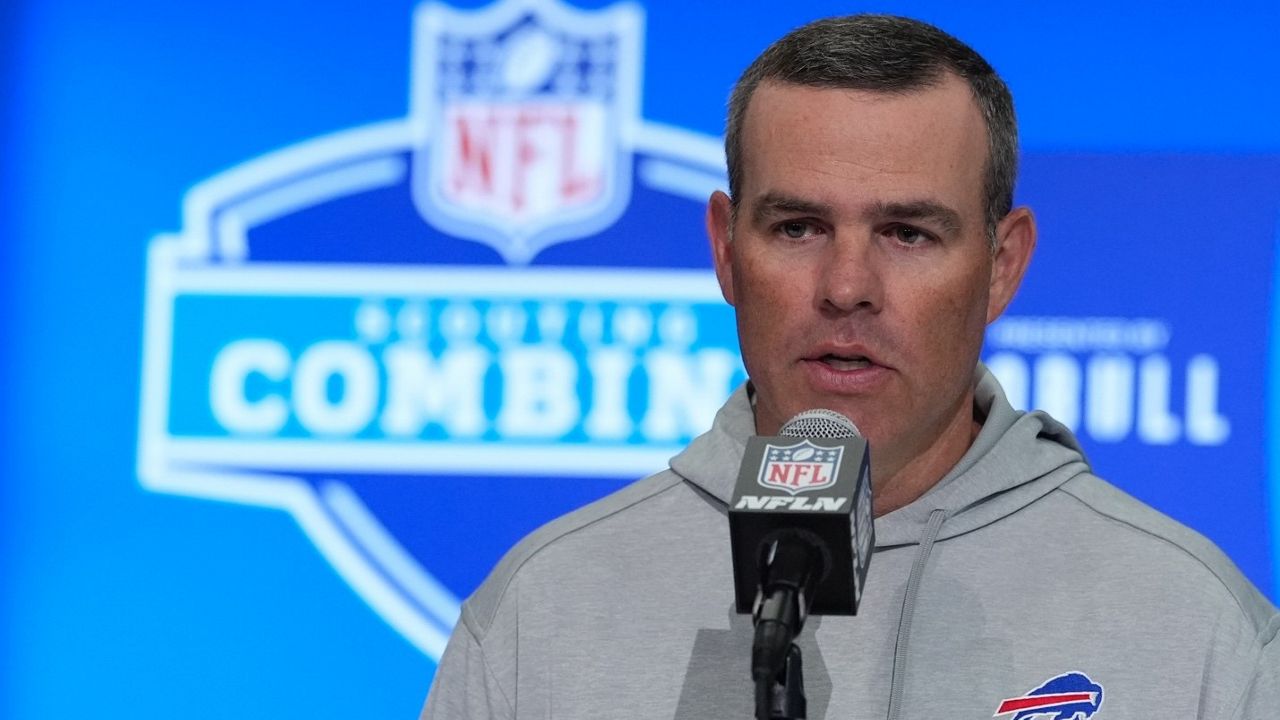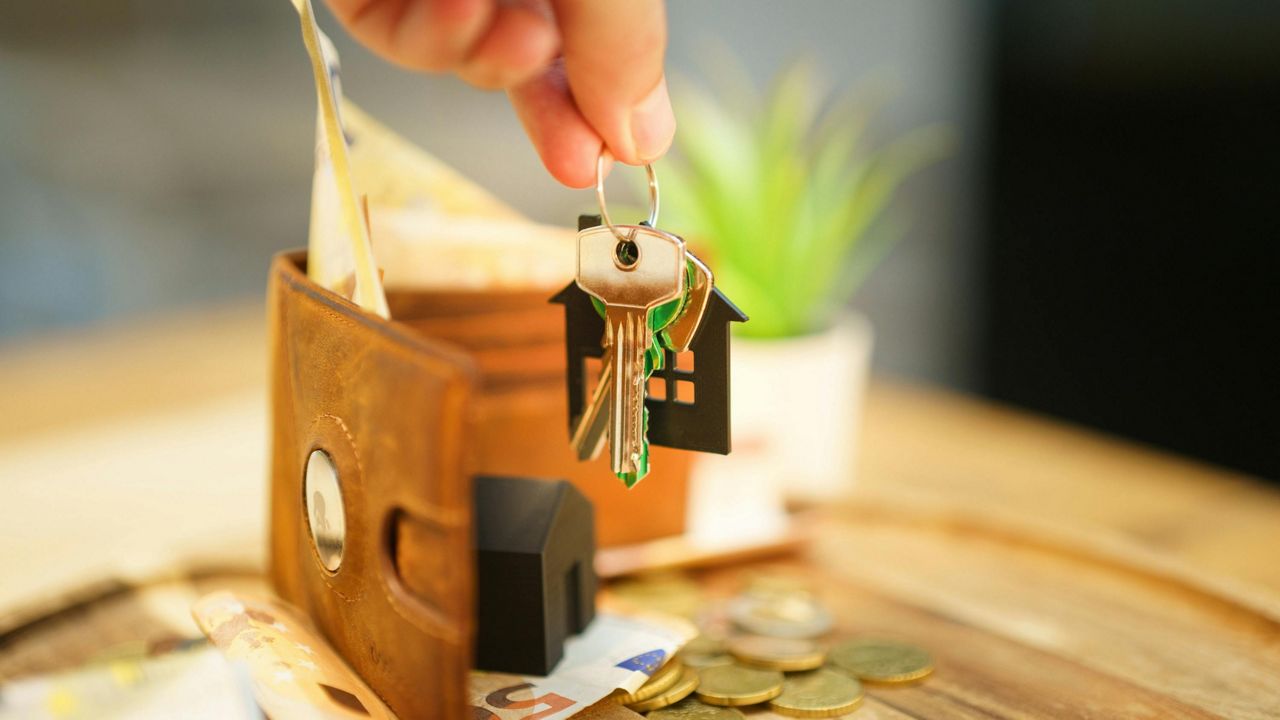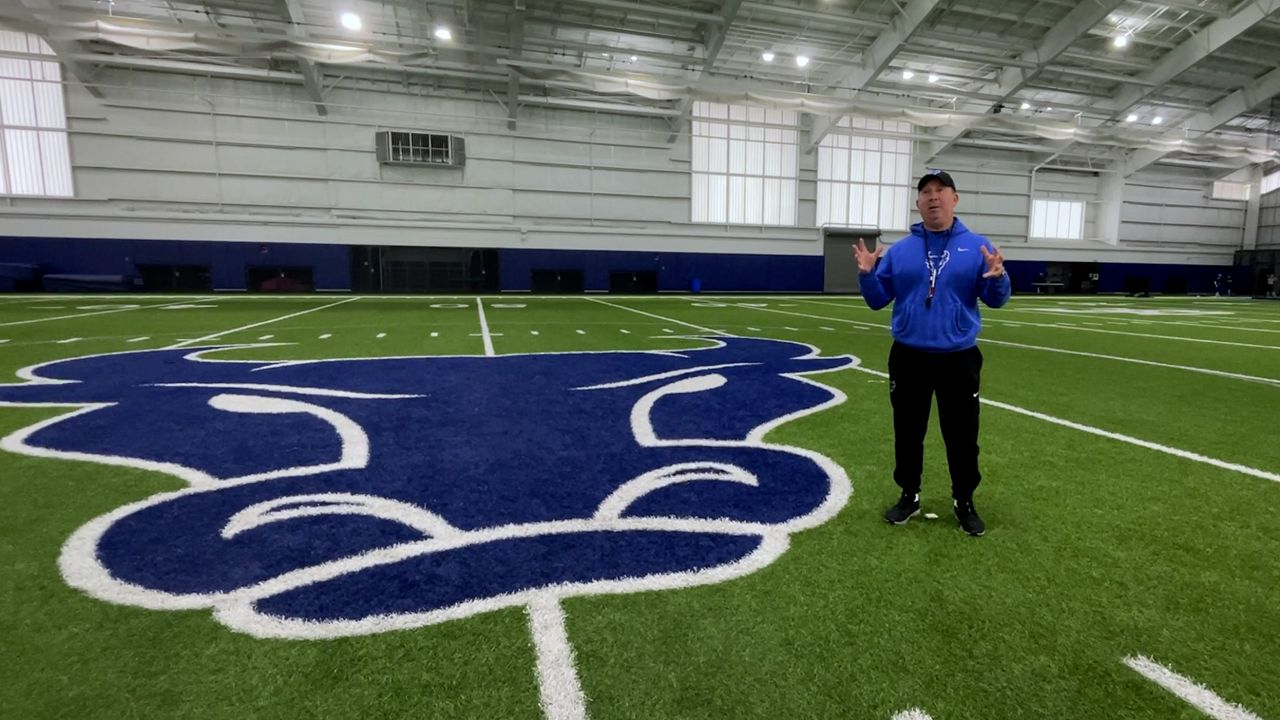If you've noticed more bikes around Western New York, you're not alone. Recent data shows a biking boom in the area during the coronavirus pandemic.
"It's just really a means to get out and enjoy myself," said Nicholas Schuh, who lives in Buffalo.
That seems to be the case for plenty of Western New Yorkers over the last few months. The Greater Buffalo Niagara Regional Transportation Council reports a 3,000% increase in biking in the area since March.
"People are indoors, they're with their kids, they want to get exercise, gyms are closed, sports are down and bicycling and getting out there and walking has been a great way to still keep your exercise and get that physical activity and that mental health that we all need," said Justin Booth, the executive director of GObike Buffalo.
D'Youville College student Travis Macrides bikes around town to explore the city and stay active. He's not surprised to see outdoor activity up right now.
"There’s just more people out in general with everyone being confined, people are starting to get out and active and enjoy the city," Macrides said.
But as more bicyclists hit the pavement, concerns for their safety have only amplified. Buffalo resident Nicholas Schuh wants drivers to be more aware that cyclists are on the road and hopes more pathways are created for bikes in the city.
"Bike lanes could get a little better like there are bike lanes on Elmwood, parts of Elmwood, Richmond, Delaware doesn't have any bike lanes until you hit North Street," Schuh said.
Booth says since we're still in a pandemic, now is the time to rethink the future of area roadways to see how best to accommodate the biking community.
"One of our greatest public assets is our streets that we right now just use to move vehicles from point a to point b as quickly as we can and provide ample space for parking on our streets, as opposed to what they were historically used for was connectivity and economic development and building that quality of life in our neighborhoods that so many people want," Booth said.










